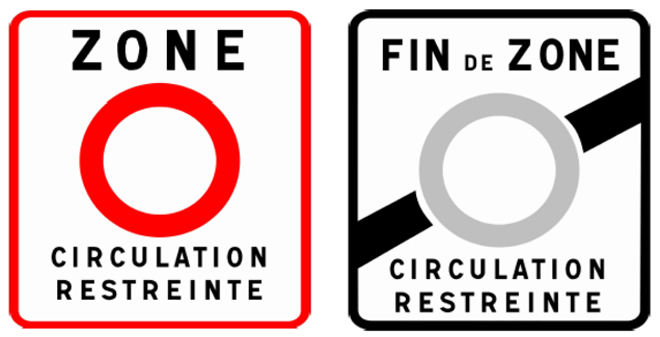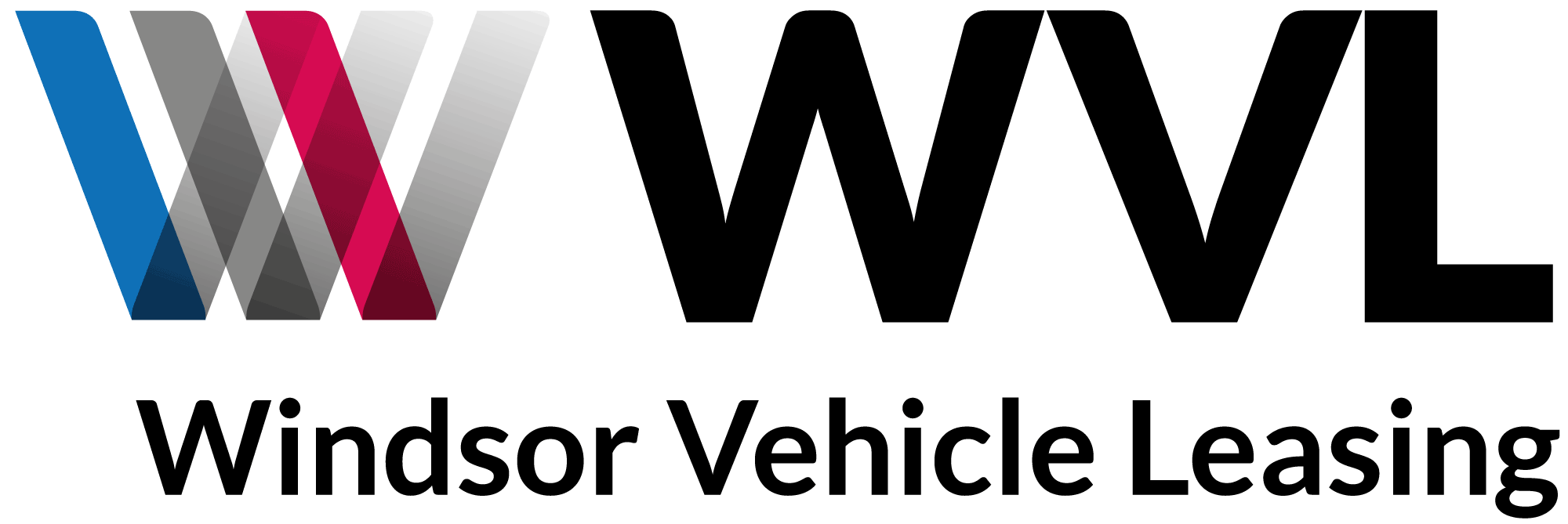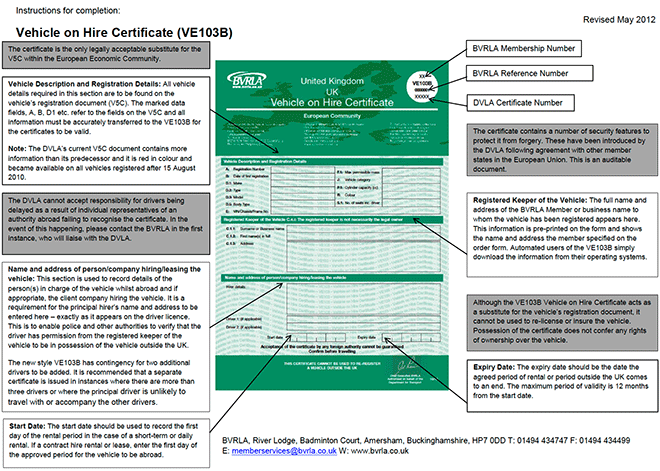France’s new Crit’Air scheme is an initiative in some of its largest towns and cities to reduce vehicle-derived air pollution. With a similar aim to London’s Congestion Charge, it’s a means of reducing road traffic in areas where smog has become a severe problem. Requiring vehicles to display a ‘Crit’Air Vignette’, or ‘Air Quality Certificate’ sticker to clearly display its emission level based on the Euro Emissions Standards, those without will be subject to an on-the-spot fine of €68 for cars and €138 for lorries – with access to the city’s roads restricted at peak times dependent on your vehicle’s emissions.
The rising costs of Air pollution
With Paris frequently falling victim to severe smog and over 48,000 deaths attributed to air pollution linked respiratory problems each year, this scheme aims to combat the rising levels of urban air pollution and the accompanying costs to public health. Berlin introduced a similar scheme in 2008 and has seen a rise in air quality and an increase in cleaner vehicles as a result.
“More cars means more pollution, fewer cars means less pollution.”
Anne Hidalgo, Mayor of Paris
The Crit’Air Scheme
Crit’Air uses a coloured windscreen disc to display the vehicle’s emissions rating. There are 6 discs covering the categories ranging from zero-emission electric / hydrogen powered vehicles, through 1 to a maximum 5 reflecting the level of pollution produced based on the Euro Emissions standards.

Permission to drive on Paris’ streets is now restricted between 8am to 8pm, Monday to Friday, based on your vehicle’s emissions:
- pre-1997 vehicles are banned during those times and must not be driven
- motorbikes and scooter registered before June 1st, 2000 are banned during those times
- pre-2001 lorries, trucks and buses are banned during those times.
Whilst the scheme began in Paris on 1st July 2016 (and is also in place in Lyon, Grenoble and Lille) UK-registered cars can be driven without a Crit’Air Vignette until 31st March 2017.
As of July 1st 2017 be aware that your vehicle will need to be minimum Crit’Air-4 to enter the city during restricted hours… so this will also exclude all diesels registered before January 1st, 2001. The gradual rise in the Crit’Air restrictions over time, it’s hoped, will see older and more polluting vehicles phased out. Anne Hidalgo has spoken of eventually banning all diesels from Paris’ streets.
Restricted Zones
Look out for these signs which define the beginning and end of Zones of Limited Traffic (or ZCR, French acronym). Admittedly, most British holidaymakers won’t be driving into the centre of Paris, but should you need to skirt the city, the Boulevard Périphérique (Paris ring road) is exempt.

HOW TO OBTAIN YOURS
The discs are inexpensive and can be ordered online – you’ll need to upload a scan of your V5C document and pay the fee of €4.18. Your disc will take around a month to arrive but you’ll receive an email in the interim with a slip you can use as proof of compliance.
Click for the Crit’Air website.
Obtain your Crit’Air Vignette sticker here.
Disabled drivers are exempt from the scheme providing their vehicle displays a disability parking card (these are the same, and thus recognised, Europe-wide).
The scheme will also work alongside urban air pollution monitoring: should smog levels rise in the ZCRs to levels where a city may risk reaching its Euro Emissions limit, the Crit’Air system will enable the more heavily polluting vehicles to be refused entrance versus the previous ineffective odd/even numberplate system (deemed ineffective). Weather will also be a factor and advanced restriction warnings will be broadcast no later than the evening before the day they affect.
Note: Driving a Hired or Leased vehicle
Given the Certificates are linked to the vehicle and not the driver and require access to the V5C, if you’re in a rental or leased vehicle and planning a road trip to France, you should contact your vehicle supplier in good time prior to heading off. You’ll also be needing a VE103B document which gives you permission to take your leased/hired car abroad – it’s an offence to be without it and you’ll risk a fine or even having your vehicle impounded should you be stopped by the police – learn more about this vital document here on our blog.
Don’t forget!…
French traffic laws require motorists to carry a number of other accessories:
- headlamp converters fitted (even when driving during daylight) otherwise you’ll be liable for a €90 fine
- a high-vis vest for everyone in the vehicle; these should be stored in the cabin, not in the boot. It’s a €135 fine otherwise
- GB sticker – for your car… and one on anything you’re towing, too. Even if you have a new EU number plate, the GB signage isn’t actually large enough to meet French regulations. It’s a €90 fine without one
- Warning triangle – ensure you have one otherwise it’s another €135 fine
- Spare set of bulbs – French rules of the road do require cars to carry a spare set of bulbs despite them generally requiring a garage to fit them. Not carrying them risks an €80 fine
- Breathalysers – although a legal requirement to carry two NF-certified breathalysers in your vehicle, the fine for not doing so has been scrapped.
Also to remember:
- Do you wear glasses? If so, you must have a spare pair in the car
- all speed-camera detectors including those on your satnav or phone are illegal and must be disabled or you risk a €1,500 fine
- using a mobile whilst driving, including hands-free and bluetooth devices is also illegal and carries a €135 fine.
If you’re planning on driving abroad, do make sure you’ve made all the necessary preparations for your vehicle and its documentation – it could save you time and money! Bookmark our blog, follow our Twitter, Facebook and LinkedIn feeds, and sign up to our newsletter too to keep up-to-date on important changes to regulations and legislation.


